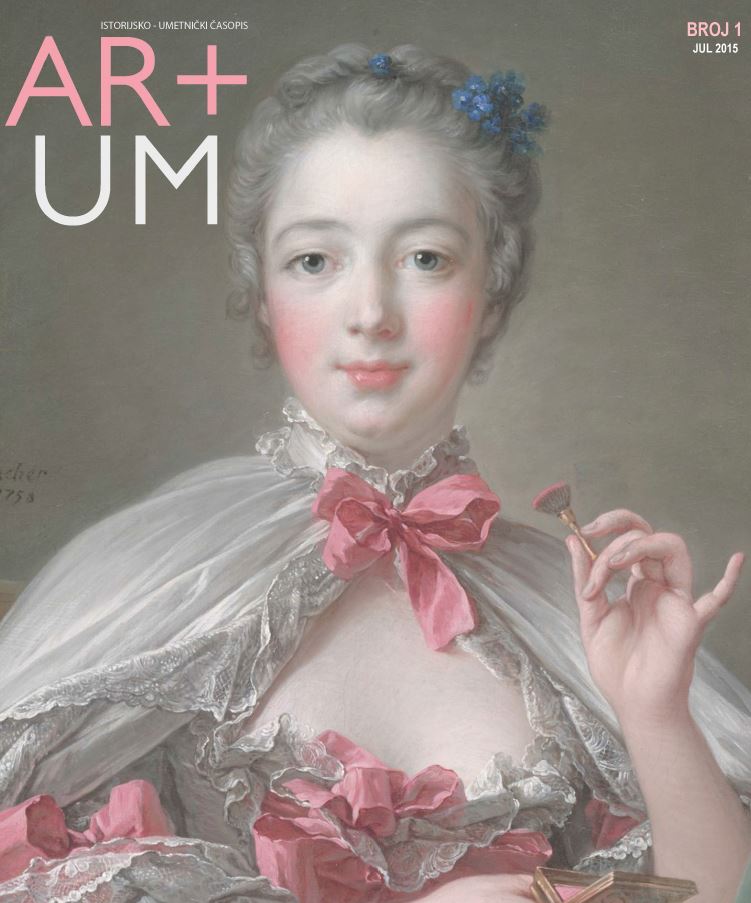Reformatorska interpolacija u beogradskom urbanom tkivu: Jugoslovenska udružena banka (1929-1931) arhitekte Huga Erliha
Reformatory Interpolation in the Urban Tissue of Belgrade: United Yugoslav Bank of the Architect Hugo Ehrlich
Author(s): Aleksandar KadijevićSubject(s): Architecture, Interwar Period (1920 - 1939)
Published by: Филозофски факултет, Универзитет у Београду
Keywords: Belgrade;Interpolations;Hugo Ehrlich;United Yugoslav Bank
Summary/Abstract: Along with the rise of free-standing public buildings and family homes - intrusive corner buildings, and with the upgrade of existing buildings, interpolation of residential and commercial buildings into a continuous series of street facades represents the largest aspect of completing Belgrade’s urban fabric. Interpolations (incorporations, ‘built-ins’, installings) in capital city’s architecture have been initiated at the end of the third quarter of the nineteenth century. While interpreting the demanding principles of this sensitive professional discipline, that involves defined relation of the new building to its immediate neighborhood, architects mostly combined standard and authorial solutions.Among the buildings that marked the period of Belgrade’s interwar interpolations, stands the innovative Headquarters of Yugoslav United Bank built in 21, Kralja Petra Street (1929-1931). Close to the notion of extrapolation, by its architectonic reformism, it encouraged modification of the existing blocks on the principles of the new construction. Resulting in period of early modernism in Belgrade architecture, it is a completion of professor Hugo Ehrlich (1879-1936), productive Zagreb’s designer of Jewish descent.
Journal: Artum - Istorijsko-umetnički časopis
- Issue Year: 1/2015
- Issue No: 1
- Page Range: 38-42
- Page Count: 5
- Language: Serbian

